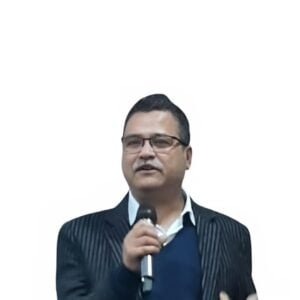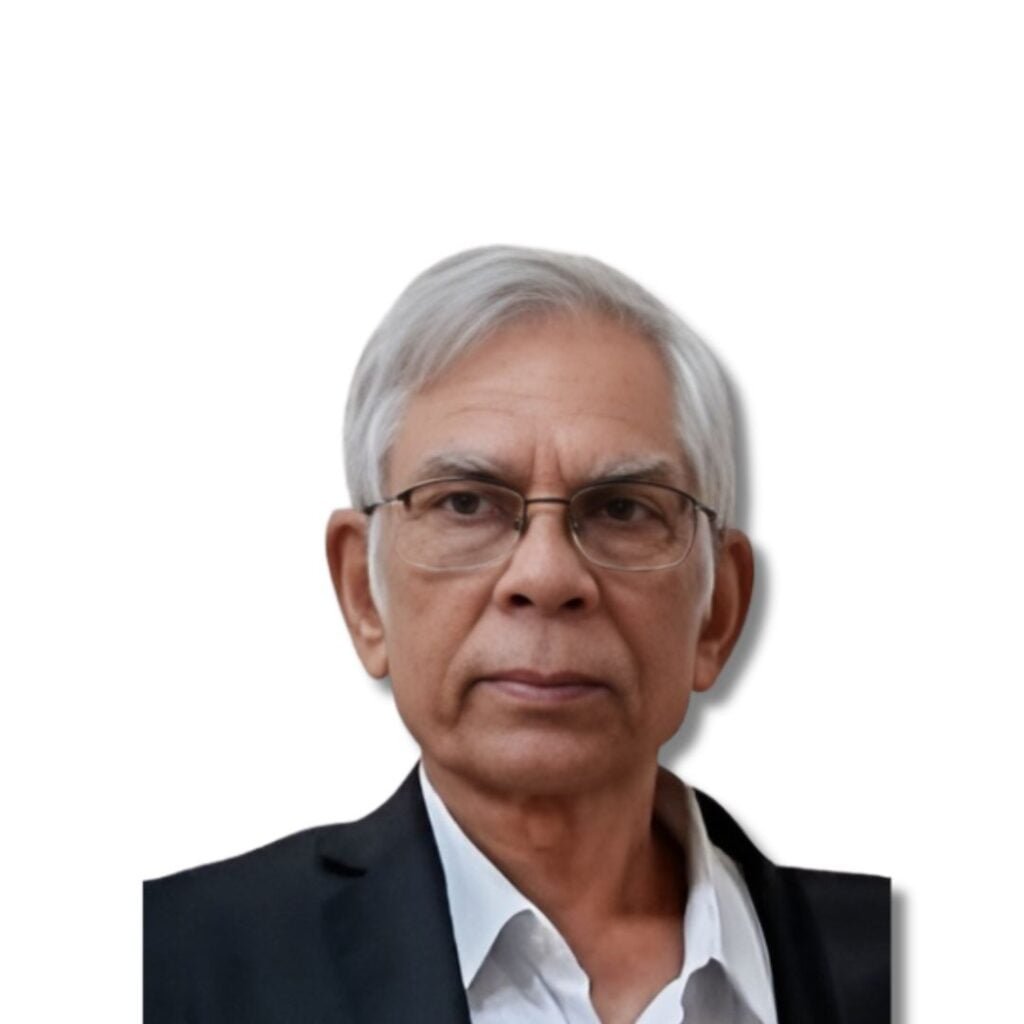
Prof. Sohel Firdos : IAGR Conference 2024
Dr. Sohel Firdos is working as a Professor of Geography and the Dean of School of Human Sciences at Sikkim University (A Central University). Prior to joining Sikkim University, he served as a faculty member at the Centre for Studies in Social Sciences, Calcutta (CSSSC) from 2002 to 2010. He completed his doctoral degree from Jawaharlal Nehru University (JNU), New Delhi. He was instrumental in setting up the Department of Geography and the RS & GIS lab in Sikkim University as a Head of the Department for two terms. He travelled to Brown University, USA to deliver a couple of lectures at Brown International Advanced Research Institute (BIARI), 2010. He was also a visiting Faculty at Massey University, New Zealand in 2005 and 2007. He has been teaching/taught a wide range of papers over the span of last two decades of his teaching career, titled Quantitative Techniques and Computer Applications in Geography, Remote Sensing and GIS, Geography of Resources, History of Ideas in Geography, Population of Geography, Social and Cultural Geography, Urban Geography at Master’s level; and Research Methodology and Emerging Areas of Research in Geography at PhD level. His research has centred on the interrelationship between environmental resources and the tribal economy, socio-spatial exclusions in Kolkata, urban governance and policy, Gender and Land rights in Sikkim, urban transitions in North East India, migration and livelihood issues in the Indian Himalayan Region (IHR). Recently, he was the National Coordinator of the project “Opportunities of Livelihood to Check Migration from the Hills” that covered a wide and diverse geographical expanse in which 13 Central Universities located in the IHR participated under the aegis of Niti Aayog and the Consortium of Central Universities in the Indian Himalayan Region. He was a part of the research team that worked on Urban Poverty Reduction Strategies (UPRS) for Kolkata funded by UNDP and executed by NIUA. He was also a member of the research team that worked on Mapping Social Exclusions in West Bengal, sponsored by UNICEF Kolkata Office. His research articles have appeared in a number of reputed journals like Economic and Political Weekly, Millennial Asia, Hill Geographer, Journal of the Indian Anthropological Society, Artha Vijnana: Journal of The Gokhale Institute of Politics and Economics, and in a number of edited volumes published by prestigious publication houses like Sage, Taylor and Francis. He has travelled widely both inside India and abroad to present his work in a large number of national and international academic events. He has successfully supervised a couple of doctoral students and many M. Phil. and MA/MSc dissertations. He is in the reviewers’ panel in a number of international journals.
Title of Talk:
Population Growth, Socio-economic Equity and Urban Sustainability in the Indian Himalayan Region (IHR): Reflecting on Critical Connections
Abstract
The population growth and human mobility towards few developed towns are outpacing the available urban spaces in the Indian Himalayan Region (IHR). Consequentially, the urban areas expand their footprints into the surrounding rural areas to accommodate their growing populations. In this context, this paper examines the interconnections between population growth, socio-economic equity and urban sustainability in the IHR. It critically reflects on the spatiotemporal patterns and processes of population growth, urbanisation, land use changes and it’s impact on environmental change and urban planning by harnessing data from census of India and other government agencies. The findings of this research indicate that the Indian states located in the IHR have witnessed unprecedented growth in the urban population in the last few decades. This is exemplified by the fact that as per 2011 census figures, more than onehalf of Mizoram’s population already lives in urban areas. Similarly, the share of urban population to total population in Uttarakhand has almost doubled from 16.36 per cent in 1971 to 30 per cent in 2011. However, the spread of urbanisation within the states of the IHR is far from uniform and usually driven by the capital cities only. Moreover, this urban growth is not a resultant of expansion in economic activities in manufacturing and service sector in urban centres and commensurate employment opportunities rather than the push factors existing in the rural areas. Many towns across these states experience high levels of poverty, changes in the land use pattern resulting in environmental degradation.
Key words: Population Growth, Equity, Urban Sustainability, Indian Himalayan Region



